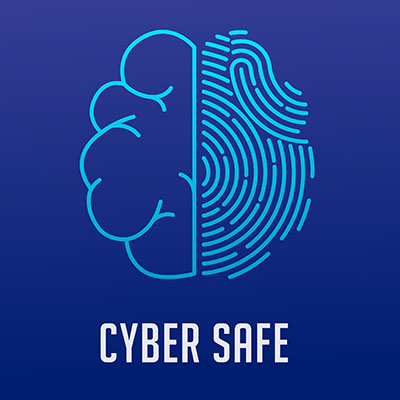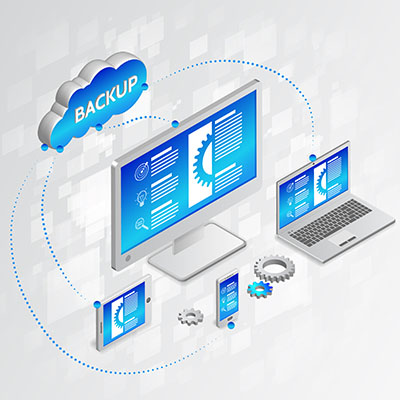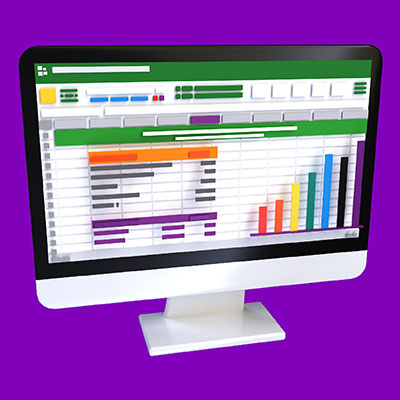Cybersecurity, to many, can sound inherently complicated—complicated enough, perhaps, that many may elect to put it off for as long as they can, or even choose to go without it. Even without our obvious bias factoring into our considerations, this is a bad idea. Let’s go over some basic security practices that are simple to enact, but can easily make a world of difference for your security.
With more remote and hybrid employees than in the past, many employers feel like they need to work harder to monitor their employees to keep them productive. Some businesses have invested in software solutions designed to monitor employees while out of the office, but research suggests that this might have the reverse effect desired.
The cloud can be a tricky beast to tame for your business, and it is mostly because of all the options you have at your fingertips to help your organization be as successful as possible with it. Let’s discuss some of the questions you need to ask to ensure you get the best value out of your cloud-based solutions.
We’d be the first to admit that, as much as we’d recommend that you use multi-factor authentication wherever it is available, MFA isn’t perfect. This makes the idea that an improvement to these methods is on the horizon an intriguing one. Let’s discuss what may become the new and improved standard fairly soon.
Productivity is the measure of how your business operates. Without a certain standard of it, any business will stagnate or fail. The overall productivity of your business comes down to a combined effort of the tools you deploy and your employees’ ability to maximize individual productivity. This week, we will take a look at how the emergence of technology built specifically for your business directly correlates to higher degrees of productivity.
As businesses have witnessed how both in-person operations and remote work practices can offer unique value to their processes and procedures, hybrid work has become a more popular approach. This has in turn led to many businesses reconsidering how their business’ space is utilized…and even how much they need.
We bet you’ve gone through your old files at some point to clean things up a bit by deleting files from your computer. What if we told you that deleting those files doesn’t actually delete them—at least not entirely? Let’s go over how you can securely delete your files for good while you go about replacing hardware or upgrading your technology systems.
At the end of the day, the tools you provide for your employees are going to make or break their productivity, so why not look at your employees, not as end users, but also customers? By examining the way that industry trends impact the decisions of consumers, you can implement more effective communication solutions that will allow your employees to flourish in the workplace.
Data backup is a critical part of any successful business, and, because it’s so simple, it may actually be overlooked. This week, we’ll walk you through the proper steps for making sure your organization has a successful data backup solution so if a situation arises and you need it, you’ll have it ready to recover and not be exasperated to find out that your business is in deep trouble.
Microsoft Excel is, putting it frankly, a hugely capable piece of software that can do more than most people would imagine—more than we could go over in a million blog posts. However, there are a few essential functions that Excel offers that business users are bound to find useful. Let’s go over these most essential functions so that you have them in your back pocket.










